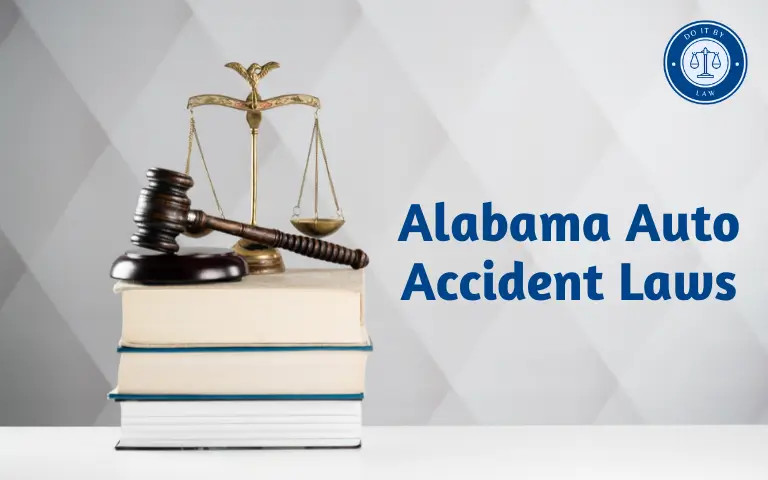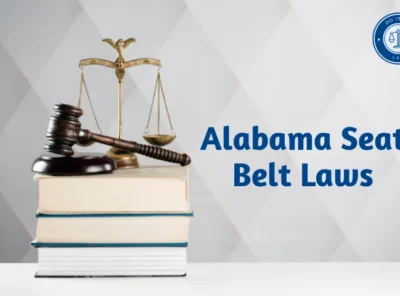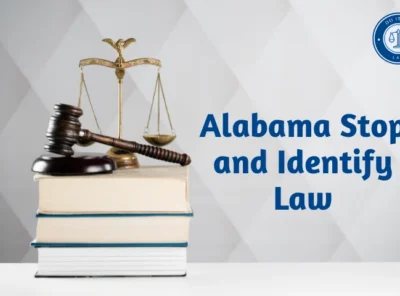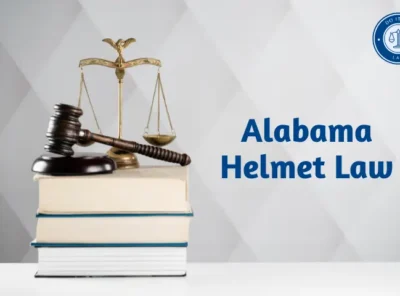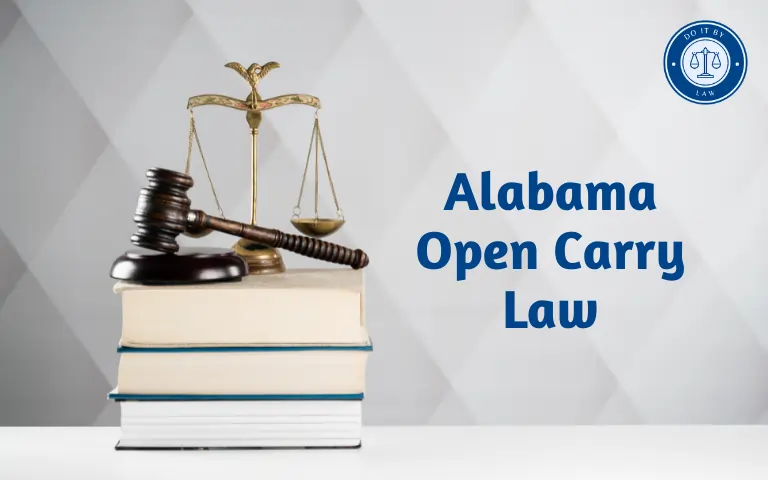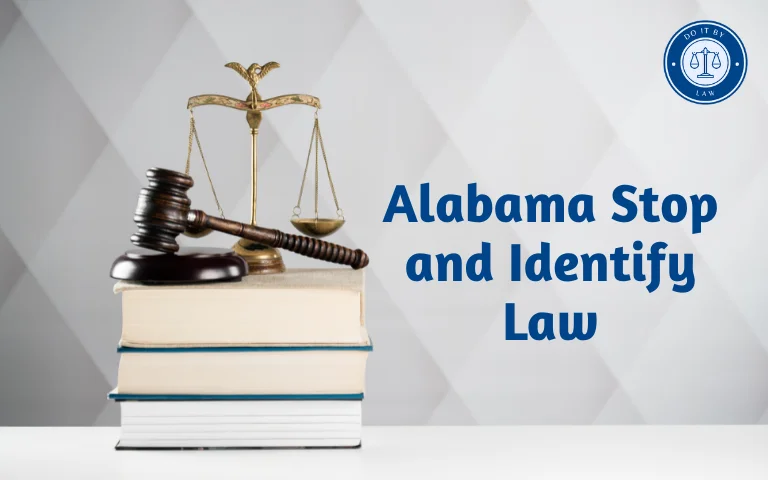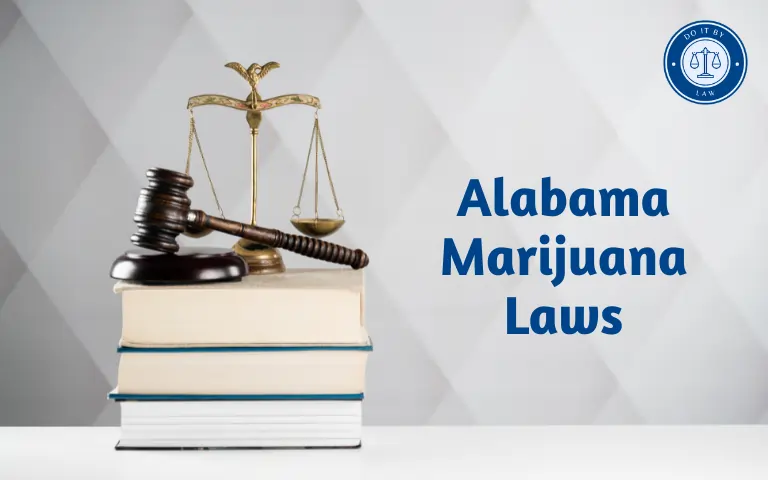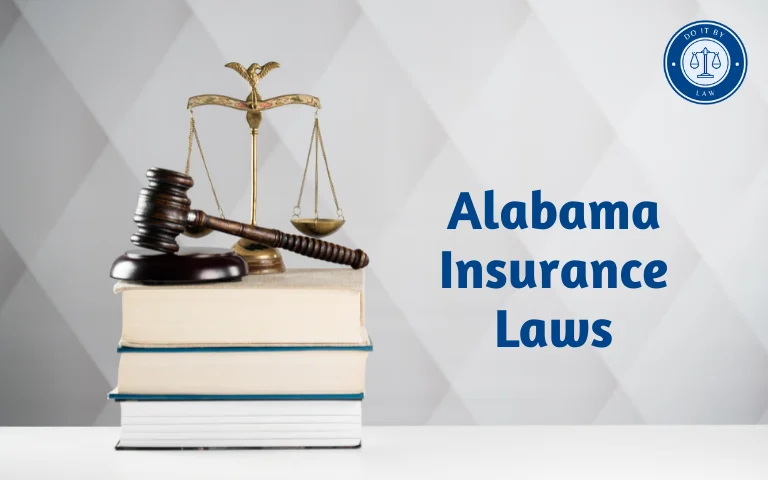Alabama Auto Accident Laws: What You Need to Know (2023)
Alabama Auto accident laws determine liability and how injuries and damages are handled after a crash. Understanding these laws is crucial for all drivers and accident victims in the state. This comprehensive guide covers Alabama auto accident statutes, fault rules, claims processes, recent changes, and more.
When Were Alabama Auto Accident Laws Enacted?
Alabama’s core auto accident liability and compensation laws date back to the mid-20th century. Initial statutes were passed in the 1950s and 60s as motor vehicles became common.
Key laws include:
- 1951 – Adopted financial responsibility and mandatory insurance laws
- 1965 – Passed motor vehicle safety-responsibility act
- 1984 – Enacted statute of limitations for accident injury cases
- 2000 – Made failure to wear a seatbelt a contributing negligence factor
Alabama’s auto accident laws evolved to promote safer roads and ensure victims received fair compensation from at-fault drivers. The laws continue to be updated today.
Who Do Alabama Auto Accident Laws Apply To?
Alabama’s auto accident laws apply to:
- All drivers and occupants involved in a motor vehicle crash occurring within the state.
- Accident victims seeking compensation for injuries.
- Insurers provide policies to Alabama drivers and vehicles.
- Law enforcement officers responding to and investigating crashes.
The laws apply whether a driver is an Alabama resident or an out-of-state visitor. All drivers must uphold Alabama statutes when operating vehicles in the state.
Key Provisions of Alabama Auto Accident Laws
Some top statutes governing auto accidents in Alabama include:
Financial Responsibility
- Drivers must carry minimum liability insurance of 25/50/25 (up to $25,000 per injured person, $50,000 per accident, $25,000 for property damage) (Section 32-7-6)
- Penalties for driving uninsured include fines, license/registration suspension, and possible jail time
Accident Reporting
- Drivers must stop and exchange information after accidents causing any type of injury or death (Section 32-10-2)
- Accidents resulting in major vehicle damage, injury, or death must be reported to police within 10 days (Section 32-10-5)
- Failure to stop or report an accident may result in fines and driver’s license suspension
Fault and Liability
- Alabama follows traditional tort liability for auto accidents based on negligence principles
- The at-fault driver who caused the accident through negligence is liable for the resulting damages
- Contributory negligence rules allow reducing claims if the victim shares the fault
Injury Claims and Lawsuits
- Accident victims may recover compensation via insurer settlements or personal injury lawsuits
- Alabama has a 2-year statute of limitations to file injury claims (Section 6-2-38)
Is Alabama an At-Fault or No-Fault Auto Insurance State?
Alabama uses an at-fault system for auto liability and compensation. The driver responsible for causing the accident must pay for the resulting harm.
Alabama is not a no-fault state. There is no requirement for drivers’ insurers to pay out a portion of claims regardless of fault. Compensation is tied to proven negligence and responsibility.
Establishing fault is critical. Police reports, eyewitness testimony, physical evidence, expert crash reconstruction, and other means help determine liability after Alabama accidents.
Contributory vs. Comparative Negligence in Alabama
Alabama follows contributory negligence rules which can entirely bar recovery if the victim bears any share of fault for causing their injuries. For example, if a pedestrian is deemed even 1% at fault for an auto accident, they cannot collect any damages from the driver who hit them.
Many states now use comparative negligence systems that allow victims to recover reduced compensation based on their percentage of fault. But Alabama maintains its complete prohibition.
This harsh rule underscores the importance of avoiding any perception of contributory negligence after an Alabama auto accident.
Recent Changes to Alabama Auto Accident Laws
Recent developments include:
- Distracted driving laws – Alabama passed new laws in 2012 banning texting while driving and setting limits on cell phone use for novice teen drivers. Fines were increased to deter violations.
- DUI law updates – Penalties for impaired driving were strengthened by Acts 2012-308 and 2017-384, with longer license suspensions and ignition interlock requirements.
- Seat belt law revision – In 2006, Alabama’s seat belt law was revised to make non-use a factor in assessing contributory negligence (Act 2006-419).
While often controversial, these and other changes aimed to improve traffic safety and fairness for accident victims in Alabama.
Controversies and Challenges Surrounding Alabama Accident Laws
Despite reforms, some Alabama auto accident laws remain contentious:
- Inadequate minimum insurance required – Alabama’s 25/50/25 liability coverage limits lag other states and often don’t cover major crash costs.
- Weak texting and cell phone ban – Alabama has no hands-free law for all drivers. Enforcement of texting remains difficult.
- Punitive contributory negligence rule – Barring any recovery with 1% shared fault is seen as excessively harsh by many groups.
Attempts to address these concerns via legislation repeatedly stall, though Alabama judges have applied certain laws more flexibly. Ultimately auto accident victims must work within the framework of the state’s current statutes.
Conclusion
Alabama has extensive laws governing auto insurance requirements, accident reporting, determining fault, filing injury claims, liability limits, and allowable damages after crashes. All drivers and accident victims should understand their rights and responsibilities.
Consult experienced Alabama auto accident attorneys to address any questions and ensure you take appropriate actions after a crash to protect your safety and legal interests. An attorney can help maximize your potential accident claim recovery.

